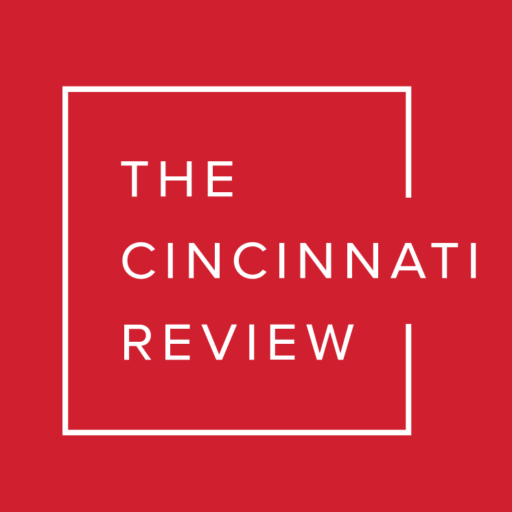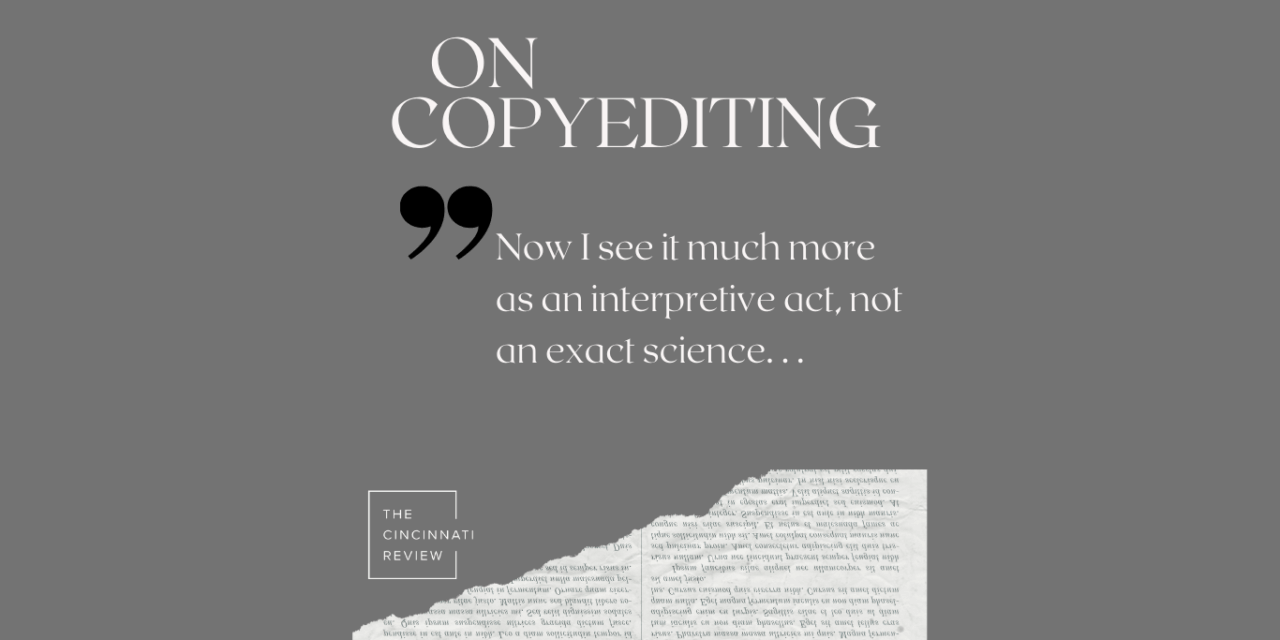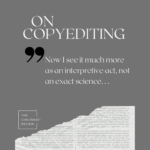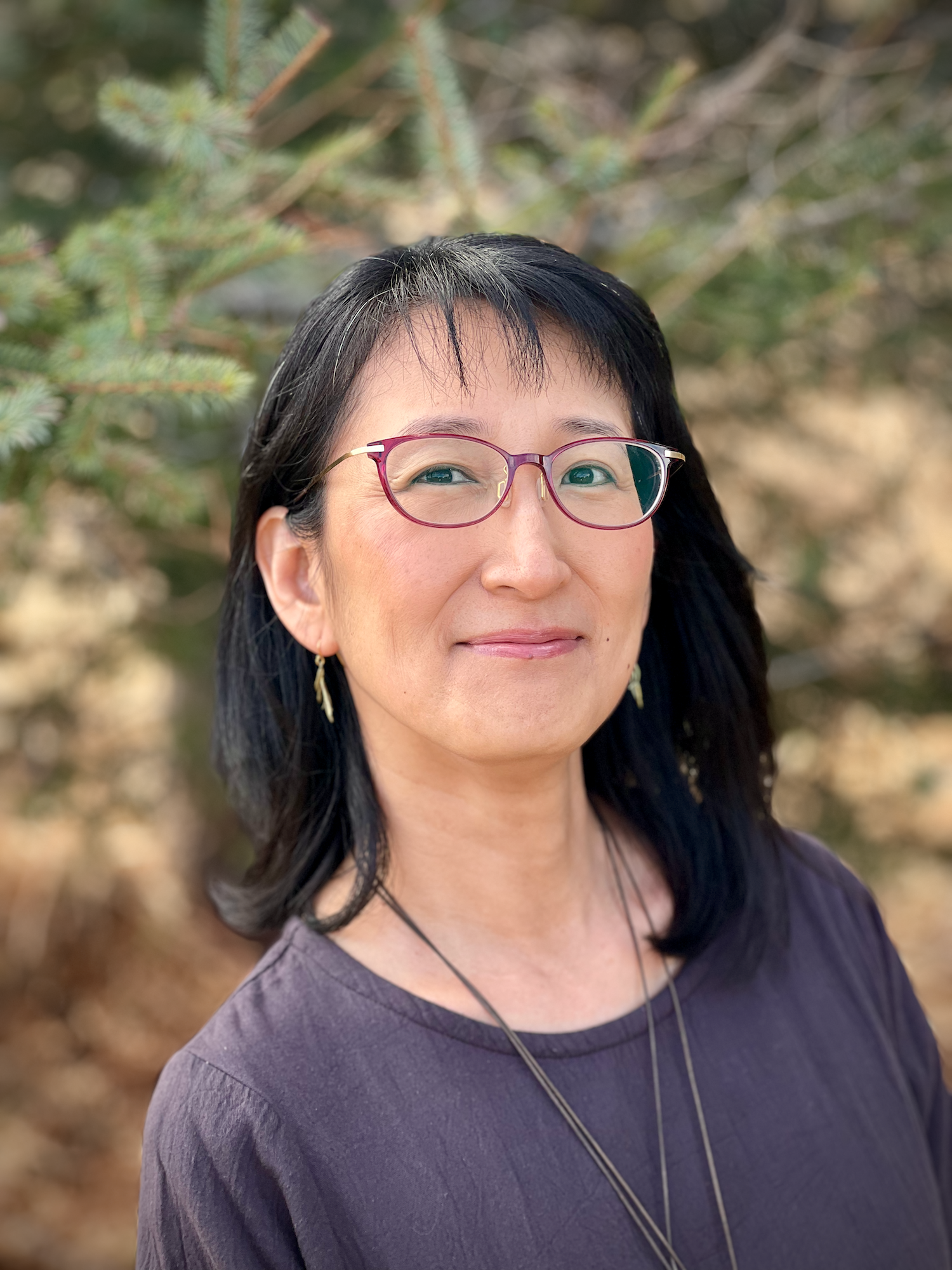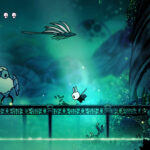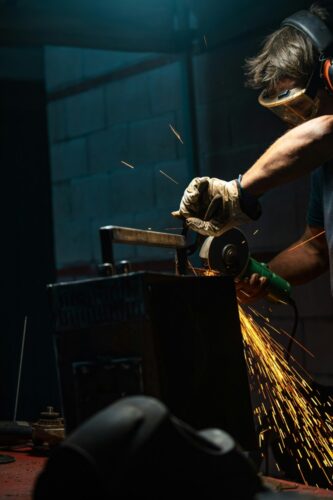
Photo by jymy duhomme on Unsplash
Managing Editor Lisa Ampleman: As we wind down the semester here at the University of Cincinnati, we’ve been spending more time than usual on copyediting. Because the student editors will be out for the summer soon, I wanted to make sure we worked together on the first few accepted pieces for the fall issue. So, in the past three weeks, we’ve edited a story (5,700 words), a poem (31 lines), and an essay (6,200 words). Overall, we spent about five hours total in copyediting sessions. I took probably another hour on my own to set up the pieces for editing and to look into some house-dictionary spelling ahead of meetings. I’ll also read each of the pieces through one more time before I send the suggested edits to the writers for consideration.
We’re dedicated here to publishing a good magazine, obviously, but also to educating UC grad students in the art of literary publishing, so devoting this time is well worth it. In future posts I’ll talk about the nitty-gritty of what we do in copyediting, and how, but I’d like to start this series On Copyediting by sharing a little about our editorial philosophy: We strive to keep all changes in the writer’s style and to have an ethos of collaboration rather than criticism.
Here’s a little more about how we think:
Copyediting is not . . .
In my role as managing editor, I’ve thought a lot about how the reading and reacting we do during the process of copyediting is not the same thinking you do in a creative-writing workshop. Because we as writers have been schooled in that mode, it’s sometimes hard to switch when we sit down at the editor’s desk. In workshop, when you read someone else’s work, you ask yourself if the piece is any good, if you like it, how it might be made better. You write a lot on the piece, perhaps, to show how things might change in later drafts. There’s a tilt closer toward evaluative thought, and toward larger scale questions rather than line edits. Of course, a really great workshop participant will ask themselves not just “Do I like this?” but “What can I learn from this piece?” or “How is this made?” Either way, though, copyediting isn’t workshop, and evaluative thoughts aren’t as useful as analytical ones then.
Copyediting also isn’t adjusting a piece based on how you would write it (nor should comments in workshop be either, really). A good editor starts by considering the text almost as if it were an assigned reading in a literature class, figuring out its goals, tendencies, quirks, and rewards. If a story is written in a maximalist vein, for example, we don’t want to cut down all the sentences so that they’re shorter, but we do want to make sure what’s there reads clearly, that it uses punctuation as skillfully as possible, even as it loops in more and more details and asides. As I say to authors when I email the copyedits to them, “We want to make sure this piece still feels like you.”
Copyediting is . . .
With each edit, our goal is to make the least amount of change possible, to keep it as close to the author’s original as we can. We might identify unconscious tics that need to be altered—an author may, for example, use “like” often (“childlike,” “like a sad bear”), or fall into a particular sentence pattern too much—but we should make sure those aren’t stylistic choices before we start changing them.
When I started as managing editor, I thought of copyediting, in some ways, as something you could “get right,” if you followed The Chicago Manual of Style closely. Now I see it much more as an interpretive act, not an exact science. For example, I would ruthlessly edit comma splices in my early editorial years. Now, I see how they can be used for effect and pacing sometimes, and I don’t automatically jump to change them.
There’s also no “right answer” if there’s an issue with clarity in a piece. Often in those cases, we all notice the problem but have different suggestions about how to improve it, and we’ll talk out the options before deciding how to proceed. Sometimes we’ll offer a few ideas to the writer. I like to emphasize to our staff that an edit we’ve written is only one of many ways to address the matter.
Finally, copyediting is highly collaborative. As you’ll see in my next post, we work as a team on edits here; we even have live copyediting sessions we call “campfires,” in which we put together the final edit to send the writer. With more minds at work, I have the advantage of hearing fixes I couldn’t think of, or assistant and associate editors can suggest that an edit I’m adding goes too far.
It’s also a collaboration with the writer. Here are some notes and queries I’ve written in the past few weeks that emphasize that attitude:
- We can keep as is, but some readers weren’t sure what this referred to—do you want to change it, or do you prefer the ambiguity?
- What would you think about deleting this? Fine to keep if you’d prefer!
- We capitalize this in our house style, but if that’s a problem for tone, let me know.
- (after putting in a word change) Feel free to pick a different word (I thought of “X” too, or just “Y”), but I thought we might be able to show what was happening and avoid repeating the word “Z.” Your call!
- The beginnings of other lines were capitalized—do you want this one to be?
- According to our (admittedly limited) research, this actually should be X—let us know if we’re looking at the wrong thing or if your research points in a different direction!
Overall, copyediting is one of the most challenging AND rewarding parts of my job—it’s a way to form a closer connection with writers, have even stronger work in the magazine, and teach others about best practices along the way. When it’s working well, it’s a process that includes careful reading and generosity of spirit. It’s taken me years to learn these principles and put them into practice at the magazine, and I’m still learning.
